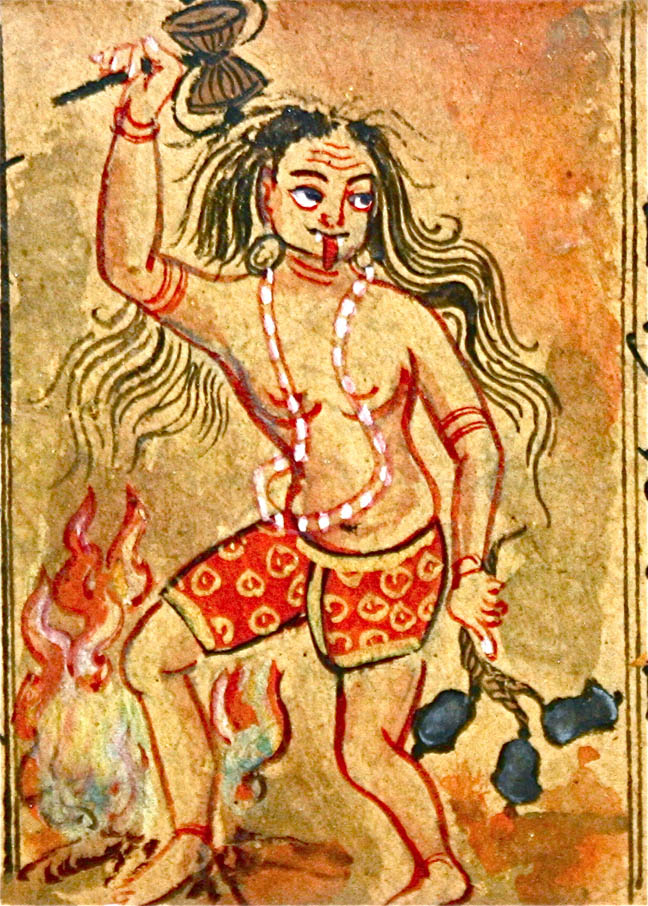

Title: A Tibetan Painting Of A Bell Dancer
Shipping: $18.00
Artist: N/A
Period: 18th Century
History: N/A
Origin: N/A
Condition: Museum Quality
Item Date: 1700 to 1800
Item ID: 2323
A tibetan painting of a bell dancer in the autonomous region, China. A Tibetan Culture art painting on a cotton paper fabric using bright colors of many hues. These could be. And they look like ? Tibetan art works. Thanka is a Tibetan painting depicting various facts of Buddhism of mystic Prayer. This is hand-painted by Nepali and Tibetan artists. These paintings are of huge variety of styles, depicting various subjects. We think these are Thankas Paintings. These are depicted with different manifestations of various deities. Thanka is of exceptional quality, hand-painted by Nepali and Tibetan artists. We have four of them, they where found in a group.
Link: http://en.wikipedia.org/wiki/Art_of_Tibet
Tibetan art refers to the art of Tibet and other present and former Himalayan kingdoms (Bhutan, Ladakh, Nepal, and Sikkim). Tibetan art is first and foremost a form of sacred art, reflecting the over-riding influence of Tibetan Buddhism on these cultures. The art of Tibet may be studied in terms of influences which have contributed to it over the centuries.
As Mahayana Buddhism emerged as a separate school in the 4th century BC it emphasized the role of bodhisattvas, compassionate beings who forego their personal escape to Nirvana in order to assist others. From an early time various bodhisattvas were also subjects of statuary art. Tibetan Buddhism, as an offspring of Mahayana Buddhism, inherited this tradition. But the additional dominating presence of the Vajrayana (or Buddhist tantra) may have had an overriding importance in the artistic culture. A common bodhisattva depicted in Tibetan art is the deity Chenrezig (Avalokitesvara), often portrayed as a thousand-armed saint with an eye in the middle of each hand, representing the all-seeing compassionate one who hears our requests. This deity can also be understood as a Yidam, or 'meditation Buddha' for Vajrayana practice. More specifically, Tibetan Buddhism contains Tantric Buddhism, also known as Vajrayana Buddhism for its common symbolism of the vajra, the diamond thunderbolt (known in Tibetan as the dorje). Most of the typical Tibetan Buddhist art can be seen as part of the practice of tantra. Vajrayana techniques incorporate many visualizations/imaginations during meditation, and most of the elaborate tantric art can be seen as aids to these visualizations; from representations of meditational deities (yidams) to mandalas and all kinds of ritual implements. A surprising aspect of Tantric Buddhism is the common representation of wrathful deities, often depicted with angry faces, circles of flame, or with the skulls of the dead. These images represent the Protectors (Skt. dharmapala) and their fearsome bearing belies their true compassionate nature. Actually their wrath represents their dedication to the protection of the dharma teaching as well as to the protection of the specific tantric practices to prevent corruption or disruption of the practice. They are most importantly used as wrathful psychological aspects that can be used to conquer the negative attitudes of the practitioner.